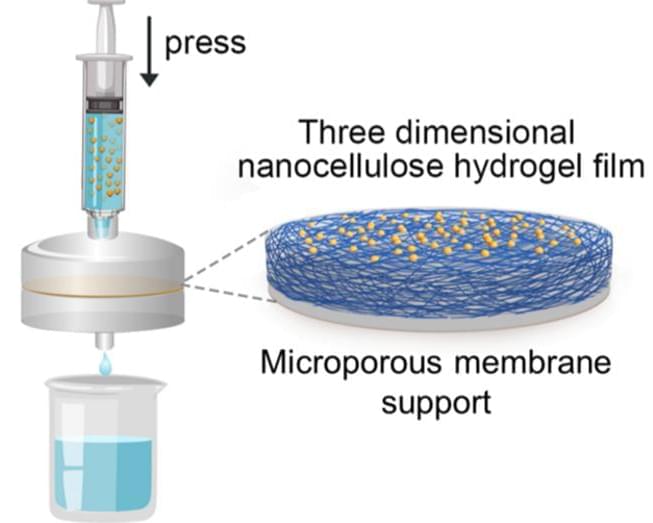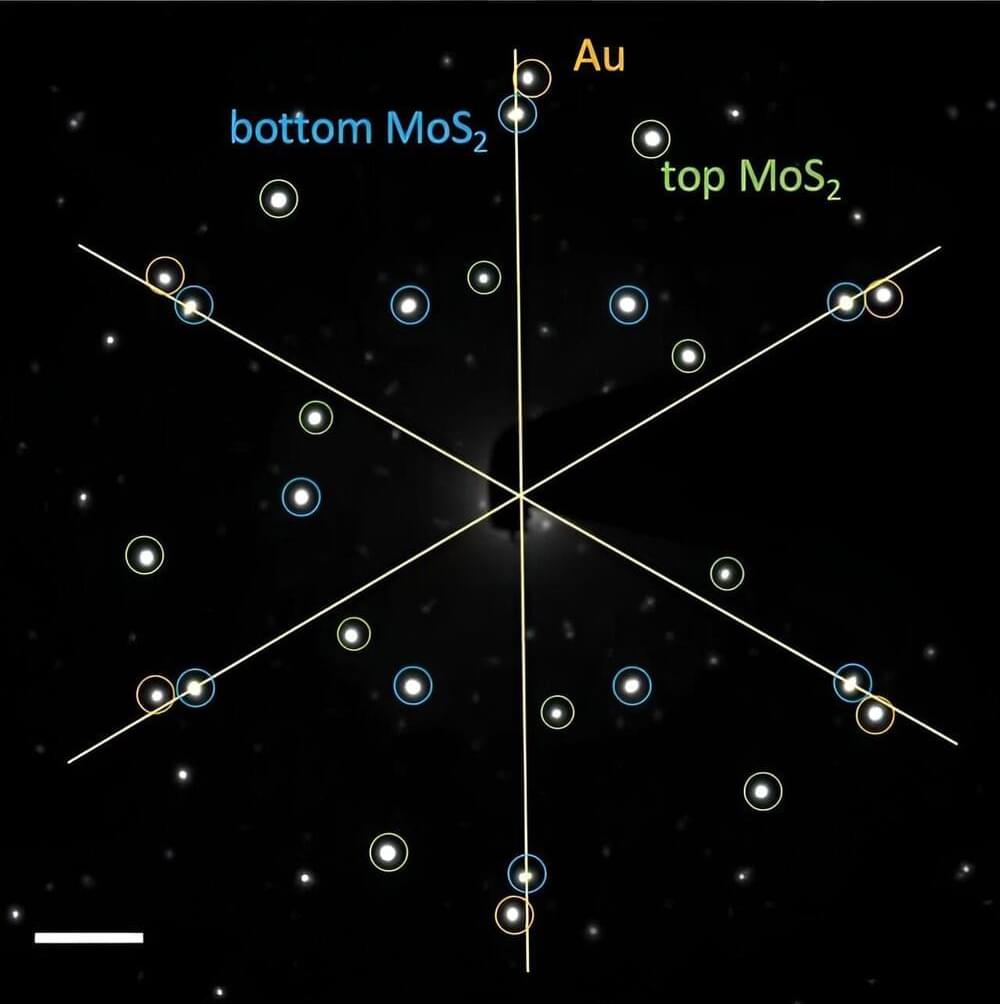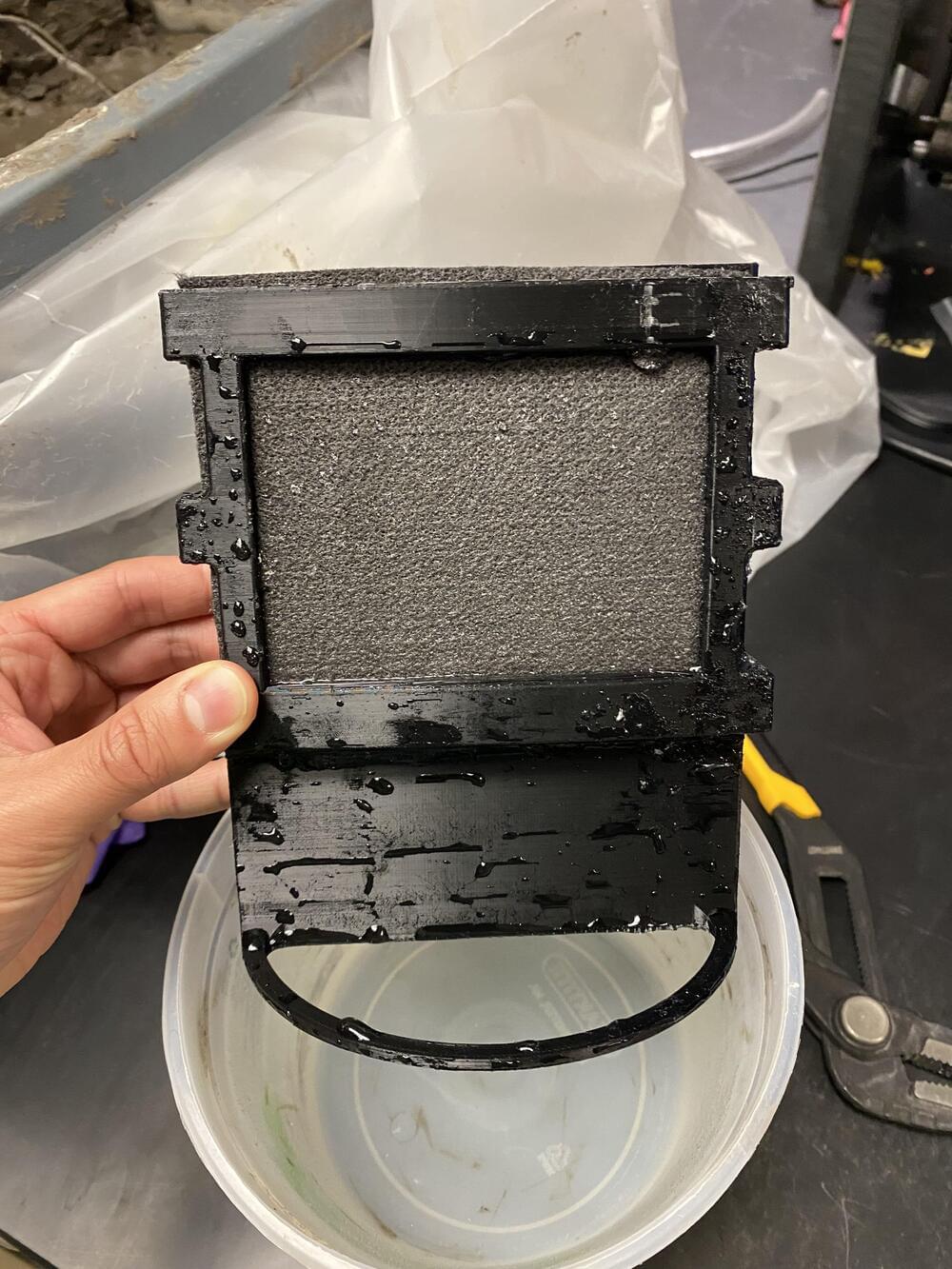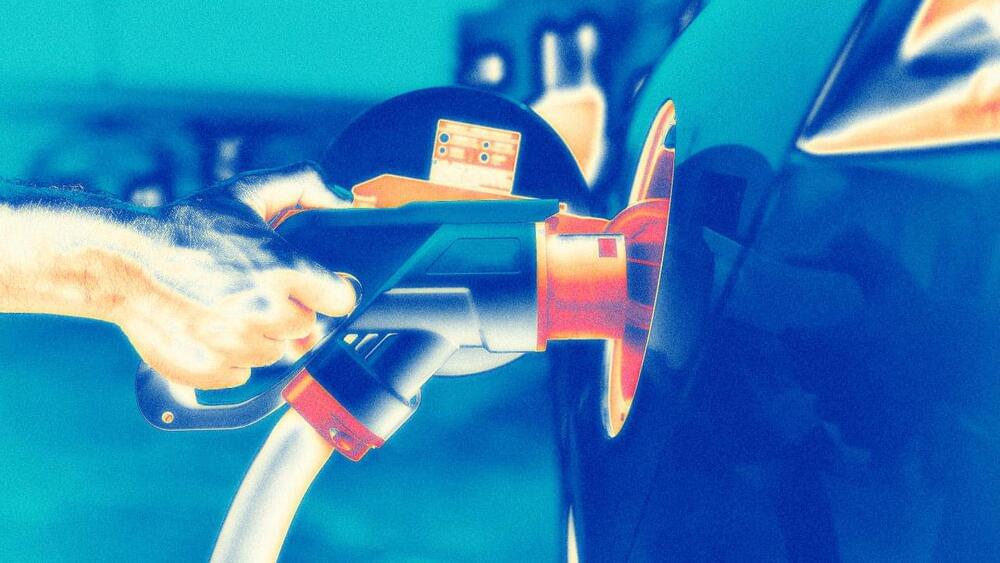
How can clean drinking water be produced in the simplest most cost-effective way possible? This is what a recent study published in Nature Sustainability hopes to find out as an international team of researchers led by The University of Texas at Austin (UT Austin) have developed a novel method for producing clean drinking water using only a syringe and a hydrogel filter. This study holds the potential to develop cheaper and simpler methods for producing clean drinking water for individuals around the world.
“The pressing concern of particle-polluted water, particularly in remote and underdeveloped regions where people frequently rely on contaminated water sources for consumption, demands immediate attention and recognition,” said Dr. Guihua Yu, who is a professor of materials science in the Walker Department of Mechanical Engineering at UT Austin and a co-author on the study. “Our system, with its high efficiency in removing diverse types of particles, offers an attractive yet practical solution in improving freshwater availability.”
For the study, the researchers developed their water purification system that incorporates a biodegradable hydrogel filter capable of removing particles as small as approximately 10 nanometers (0.0000003937 inches) from water that is injected into the hydrogel using a syringe. Once injected, the water passes through the hydrogel and into any drinking or storage water apparatus. Along with filtering out particles at 10 nanometers, the researchers also noted the filter efficiency rate is 100 percent, both of which surpass commercially available filters. For context, the researchers note that commercial filter efficiency rates for particles larger than 10 nanometers are approximately 40 percent and 80 percent, respectively. Additionally, the device can be scaled at various sizes and is reusable, resulting in both reduced cost and environmental impact.


















